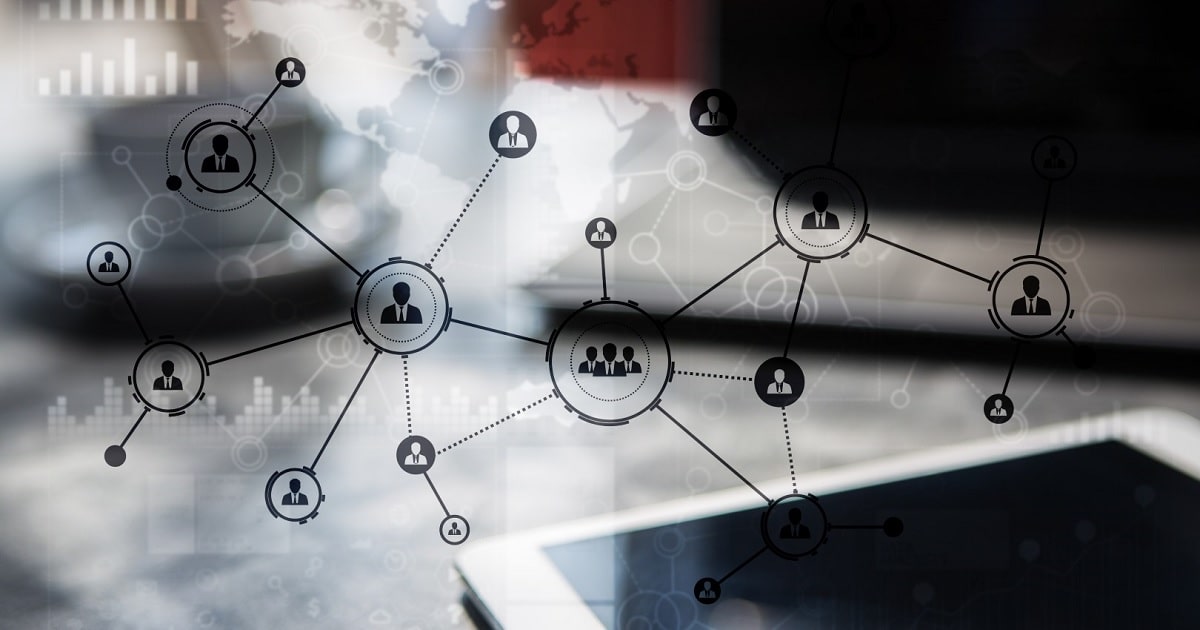
HR Practice
Factorial | February 05, 2024
With the New Year underway, many businesses are reevaluating their HR software solutions to increase efficiency and effectiveness in the evolving HR management landscape. Gartner data highlights that businesses frequently replace HR software due to system inefficiencies, missing features, and reliability concerns. Key reasons for dissatisfaction include inefficiency (34%), insufficient functionality (29%), and unreliability (13%).
In response to these challenges, modern HR software solutions are offering five new features designed to enhance efficiency within its software
AI-powered Applicant Tracking System : New AI-powered Applicant Tracking System (ATS) to streamline the traditional CV screening process, a major bottleneck in recruitment. This innovative feature allows hiring managers to assess applications based on various criteria such as company values, job descriptions, CVs, offer letters, and custom questions. The result is a significant reduction in screening time, ensuring a comprehensive evaluation process.
Geofencing Precision: Geofencing Precision addresses challenges faced by organizations with multiple locations or flexible policies. By incorporating geofencing capabilities into its time-tracking features, HR software solutions help prevent unauthorized overtime, a key contributor to increased labor costs and decreased workforce productivity. This enhancement allows HR leaders to enforce accurate clock-ins at designated workplaces, thereby reducing labor costs and enhancing employee accountability. Insights V2 Data Analytics.
Insights V2 provides organizations with comprehensive data for informed decision-making. Users can now filter company data using multiple parameters, simplifying the process of checking and exporting valuable metrics in real-time. This timely and accurate insight is crucial for strategic decision-making.
Time-Saving Documentation: Time-Saving Documentation enables users to pre-fill forms with document templates and fillable PDFs. This streamlined process, combined with personalized data, enhances efficiency for employees verifying information, meeting the growing demand for tools that simplify administrative processes.
Seamless Payroll Integration: HR software solutions are seamlessly integrating payroll and benefits administration with HR management processes. This aims to enhance organizational efficiency by reducing manual errors, improving accuracy, and fostering collaboration between HR and finance departments.
Recognizing this, Factorial, a leading provider of HR software solutions, is introducing innovative features from AI-powered applicant tracking to payroll integration. Jordi Romero, Co-founder and CEO of Factorial, emphasizes, "These new features reflect our dedication to empowering HR teams globally. By harnessing the power of technology, we aim to transform the way organizations approach human resources, fostering efficiency, collaboration, and success."
As businesses strive for greater efficiency and effectiveness in the new year, Factorial is committed to providing support and solutions.
About Factorial
Founded in 2016, Factorial offers people-centric solutions for HR teams, automating processes so they have more time to dedicate to the people within their organization. With over 75,000 users across 65+ countries, Factorial serves clients such as KFC, Booking.com, and Whisbi. Factorial became Europe's newest Unicorn in 2022 following a Series C investment round.
Read More

Payroll
ADP | February 02, 2024
ADP®, a leading global technology company providing human capital management (HCM) solutions, announces the availability of ADP Assist, a cross-platform solution powered by generative AI (GenAI). ADP Assist enhances HR productivity, aids decision-making with data-driven insights, and streamlines day-to-day tasks for practitioners, managers, employees and executives with simple, human-like conversations. It harnesses the power of ADP's unparalleled data and expertise along with GenAI to simplify the world of work. ADP Assist builds on ADP's current AI capabilities and is currently in early release with some ADP clients today with a planned rollout for all clients.
"For 75 years, ADP has been at the forefront of payroll and HR innovation. With ADP Assist, we're providing an intelligent platform that simplifies HR tasks, leaving time for people leaders to be more strategic," says Maria Black, president and chief executive officer of ADP. "It's not just another technical solution; it's a comprehensive experience that combines ADP's unmatched HCM dataset and expertise to empower HR professionals, leaders and employees."
Data Drives Innovation
Data is at the core of all ADP products and solutions, informing and driving ADP's approach to innovation and AI technology. ADP has the industry's largest and deepest HCM dataset with over one million clients spanning 140 countries and 41 million wage earners globally. ADP's extensive and unique dataset is used to train ADP's AI to anticipate what users want and need. ADP Assist turns unmatched data into highly credible and actionable insights so that clients can make smarter decisions.
Easy, Smart and Human
"In a constantly changing workplace, innovation must keep up and meet people's real-world needs," says Sreeni Kutam, president of global product and innovation at ADP. "ADP Assist is the next step in our vision to create an HR ecosystem that is not only efficient but empowers employees and HR professionals alike. We've created a platform that understands the complexities and dynamics of modern HR management and offers smart, user-centric solutions. And, as always, we are committed to the secure and ethical use of data to support these technologies."
ADP Assist seamlessly integrates with ADP products across multiple ADP platforms. It anticipates what users want and proactively delivers actionable insights in plain language. Using an intuitive, conversational interface, ADP Assist provides valuable and contextual insights which touch every aspect of HR – payroll, time, talent, benefits, recruitment, analytics, reporting and compliance.
ADP's portfolio of currently available GenAI- and AI-powered tools deliver the following capabilities
Easy payroll. ADP Assist validates payroll information. It checks for payroll anomalies and uses GenAI to identify and help resolve missing tax registrations and answer questions by drawing on ADP's large, up-to-date dataset of compliance information. This saves HR effort and helps clients to ensure employees are paid accurately and on time.
Smart analytics. ADP Assist uses GenAI to dramatically simplify report creation by understanding context and generating insightful reports in an easy-to-understand format. HR practitioners and leaders can easily access internal, national and global workforce data from ADP's deep HCM dataset to analyze compensation, turnover, candidate profile relevancy and talent market insights.
Human insights. Intelligent and AI-based HR support for employees and clients can anticipate and solve common employee problems across HR, payroll, time and benefits. This reduces frustration for employees and eliminates certain low-value tasks for managers and HR practitioners.
ADP Assist can send personalized, proactive notifications to employees on their mobile device or desktop to help resolve HR issues quickly, keeping them productive.
AI-powered conversational interface makes it easy for employees to get the information they need without involving HR.
Search by Intent. The RUN Powered by ADP payroll and HR solution features an omni search bar that understands intent behind the search terms and uses GenAI to mine ADP's deep knowledge base to deliver easy-to-use and effective content.
"In the age of AI, the better the data, the better the artificial intelligence," says Holger Mueller, vice president and principal analyst for Constellation Research, Inc. "ADP is uniquely well-positioned in the field of HCM vendors given the breadth and depth of its data. ADP is using that data to make AI more human, focusing on customer success in a worldwide space. This really makes a difference not only for HR practitioners but for leaders and employees."
About ADP
Designing better ways to work through cutting-edge products, premium services and exceptional experiences that enable people to reach their full potential. HR, Talent, Time Management, Benefits and Payroll. Informed by data and designed for people.
Read More